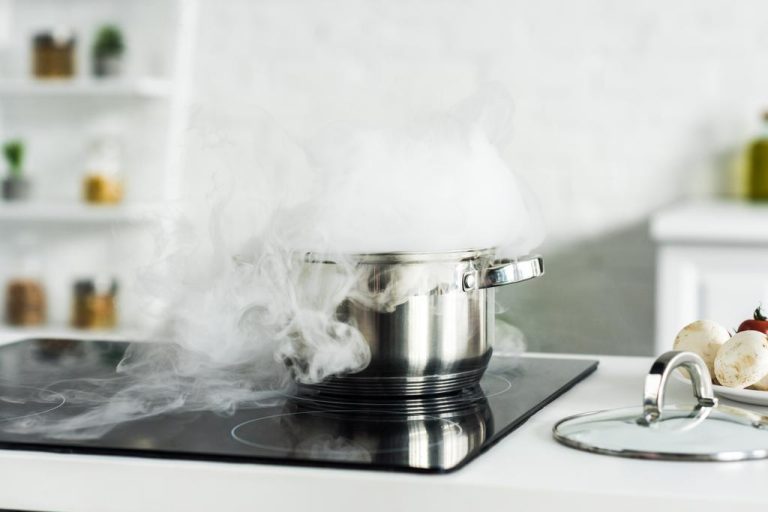Alarming climate values, diseases of civilization, and famine do not leave science untouched either. With the Planetary Health Diet, researchers have now presented the optimal meal plan that takes equal account of the health of people and our planet.
Can our diet positively influence not only our own health but also that of our planet? An international research team has dealt with this question and developed the “Planetary Health Diet”.
What is the goal of the Planetary Health Diet?

The Planetary Health Diet is the result of a large-scale research effort, the results of which have just been published (1). A team of researchers from 16 countries and from a wide range of areas from politics to agriculture, health, and environmental protection designed the optimal menu that should not only help prevent diseases such as heart attacks and diabetes, but also the limits and resources of our planet taken into account.
According to the research committee, the Planetary Health Diet should continue to ensure nutrition for the world population in 2050, which is forecast to grow to 10 billion. The report also shows that not only eating habits need to change, but also agriculture. Among other things, this should become more sustainable and do without fossil fuels in order to stop the loss of biodiversity. According to scientists, food waste must also be reduced by 15 percent.
What ends up on the plate with the Planetary Health Diet?
“What we eat and how we produce it determines the health of people and the planet. And we are making a serious mistake right now,” says Tim Lang, one of the study’s authors from the University of London. Because especially the consumption of red meat and sugar must be reduced by half. The proportion of vegetables in our food, on the other hand, should be increased. Fruit, nuts, and legumes should also be consumed in large quantities. How suitable is the Planetary Health Diet for everyday use?
With the values of perfect nutrition determined by the scientists, one should of course take into account that these are daily average values. After all, 13 grams of the egg cannot be used to cook a filling meal. However, extrapolated to a week, the information can serve as an orientation for the weekly menu – then nothing stands in the way of an omelet once a week.

The main concern of the research team with the Planetary Health Diet was that it could be implemented in as many countries and culinary cultures as possible. “There is no one answer, there is one diet,” explains Tim Lang. It does not make sense, for example, to idealize the Mediterranean diet or to generally recommend eating fish to everyone in the world. Jessica Fanzo, one of the study’s authors, explains that it’s more about providing a reference meal plan that can and should be adapted for any diet around the world.



